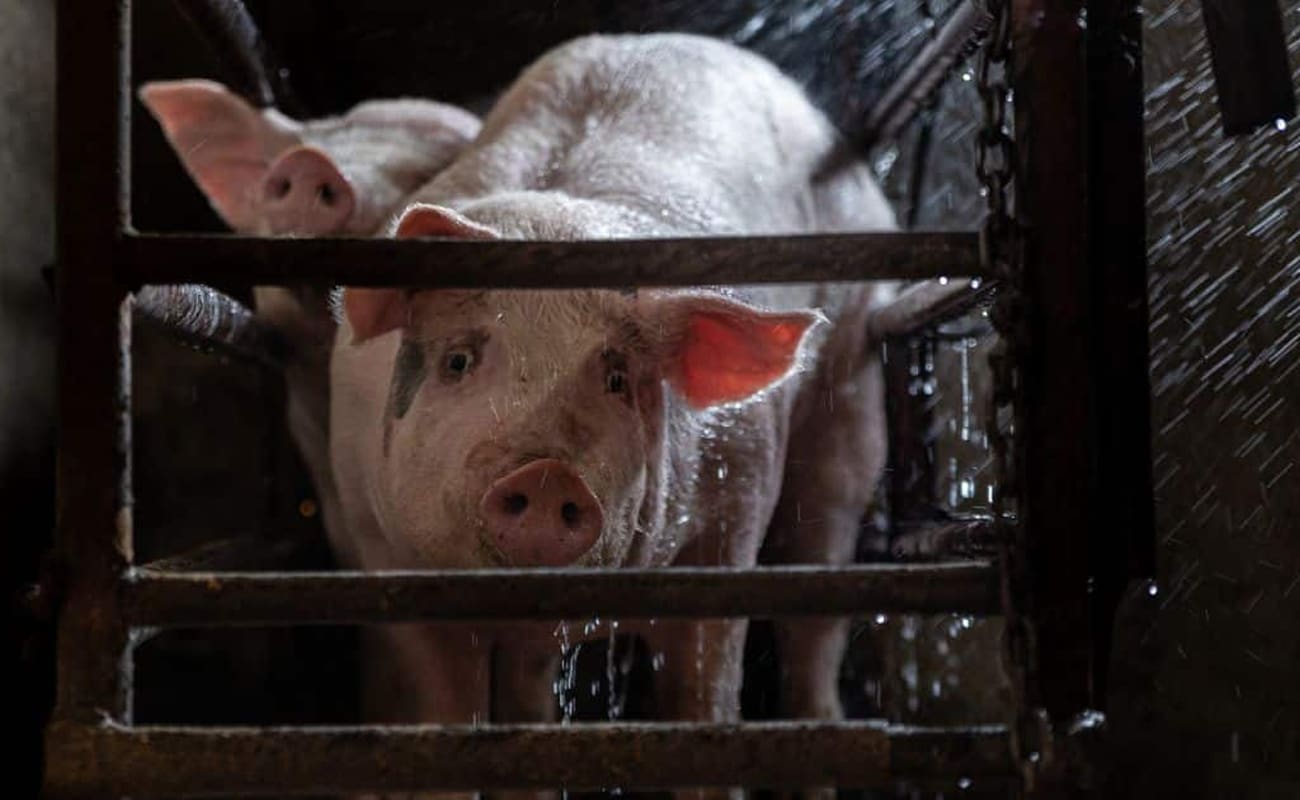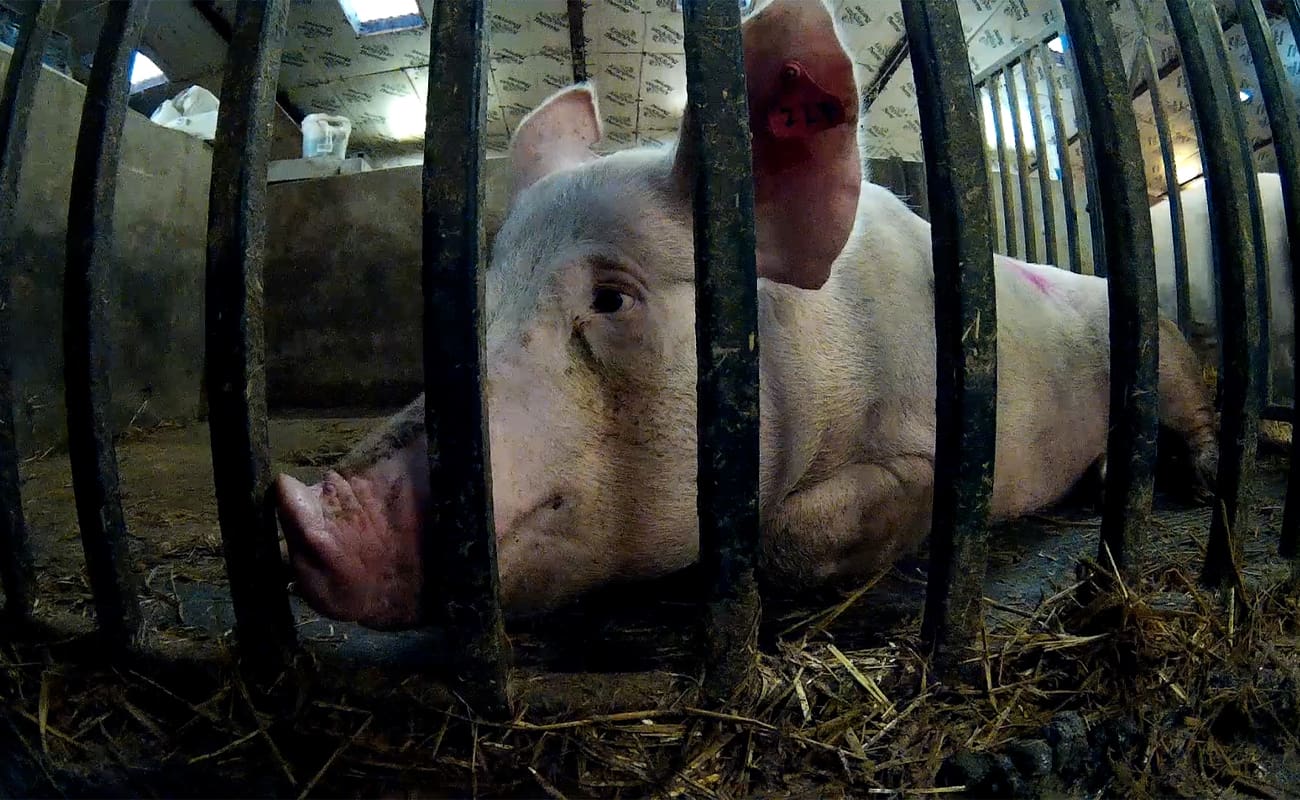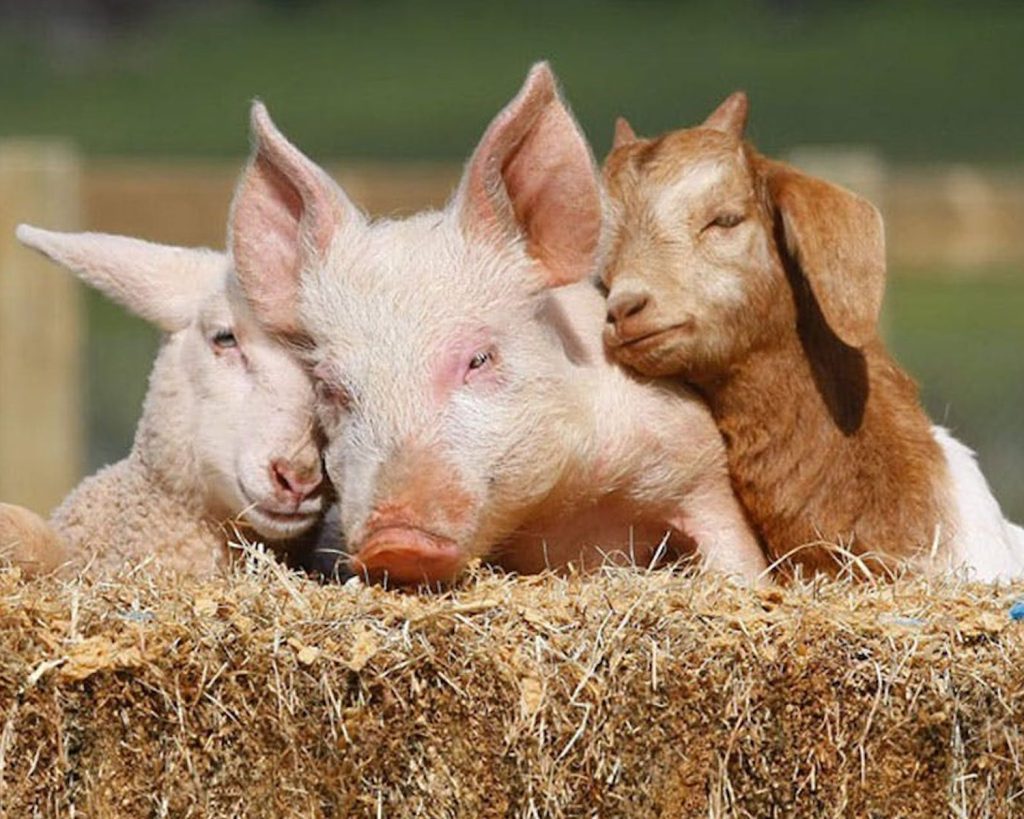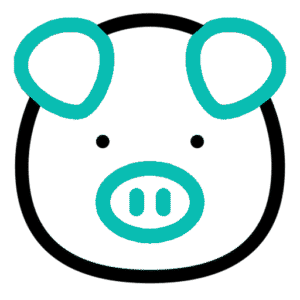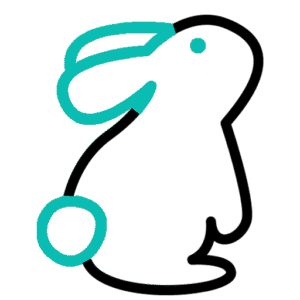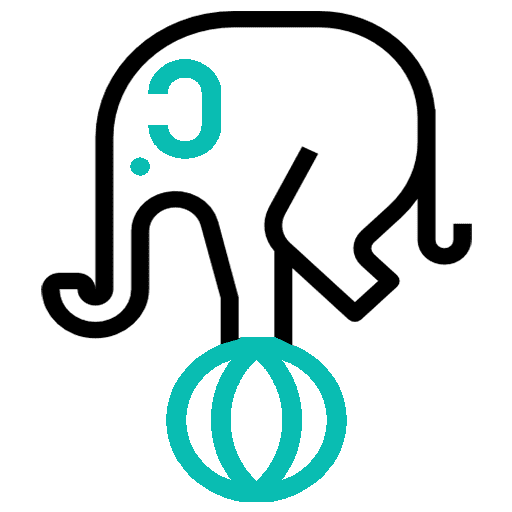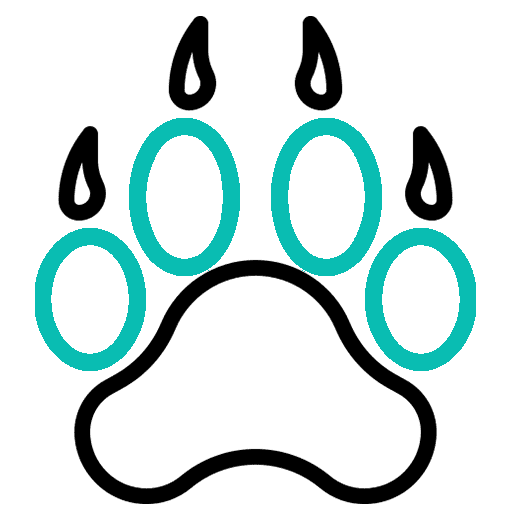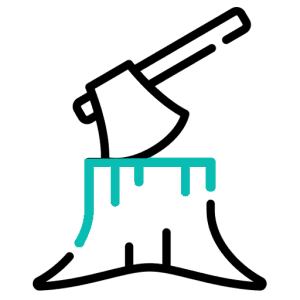This category examines how animals—feeling, thinking beings—are affected by the systems we build and the beliefs we uphold. Across industries and cultures, animals are treated not as individuals, but as units of production, entertainment, or research. Their emotional lives are ignored, their voices silenced. Through this section, we begin to unlearn those assumptions and rediscover animals as sentient lives: capable of affection, suffering, curiosity, and connection. It’s a reintroduction to the ones we’ve learned not to see.
The subcategories within this section provide a multi-layered view of how harm is normalized and institutionalized. Animal Sentience challenges us to recognize the inner lives of animals and the science that supports it. Animal Welfare and Rights questions our moral frameworks and highlights movements for reform and liberation. Factory Farming exposes one of the most brutal systems of mass animal exploitation—where efficiency overrides empathy. In Issues, we trace the many forms of cruelty embedded in human practices—from cages and chains to lab tests and slaughterhouses—revealing how deeply these injustices run.
Yet the purpose of this section is not only to expose cruelty—but to open a path toward compassion, responsibility, and change. When we acknowledge the sentience of animals and the systems that harm them, we also gain the power to choose differently. It’s an invitation to shift our perspective—from dominance to respect, from harm to harmony.
The cosmetics industry has long relied on animal testing as a means of ensuring product safety. However, this practice has come under increasing scrutiny, raising ethical concerns and questions about its necessity in modern times. The growing advocacy for cruelty-free beauty reflects a societal shift toward more humane and sustainable practices. This article delves into the history of animal testing, the current landscape of cosmetic safety, and the rise of cruelty-free alternatives. A Historical Perspective on Animal Testing Animal testing in cosmetics can be traced back to the early 20th century when the safety of personal care products became a public health concern. During this time, the lack of standardized safety protocols led to several health incidents, prompting regulatory bodies and companies to adopt animal testing as a precautionary measure. Tests, such as the Draize eye test and skin irritation tests, were developed to assess irritation and toxicity levels by …




